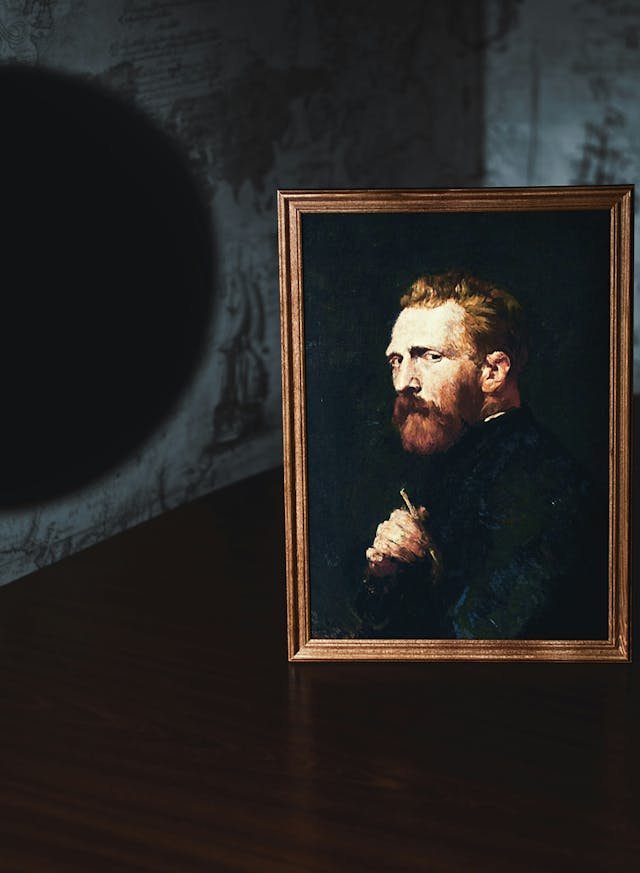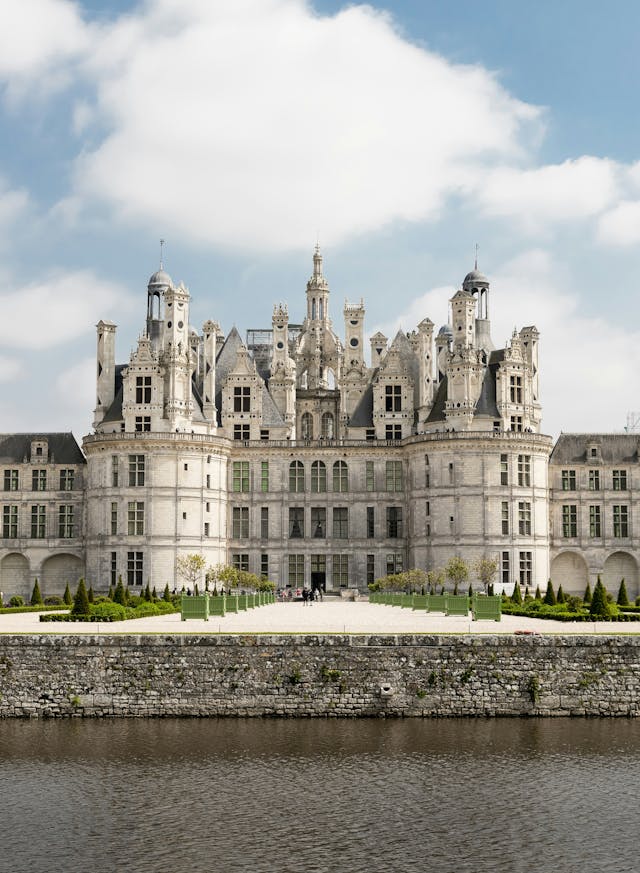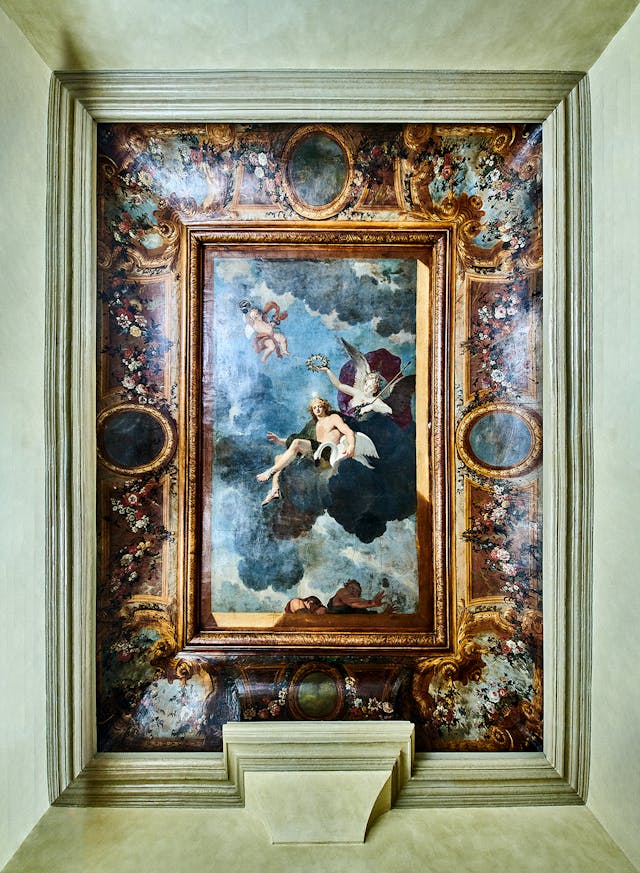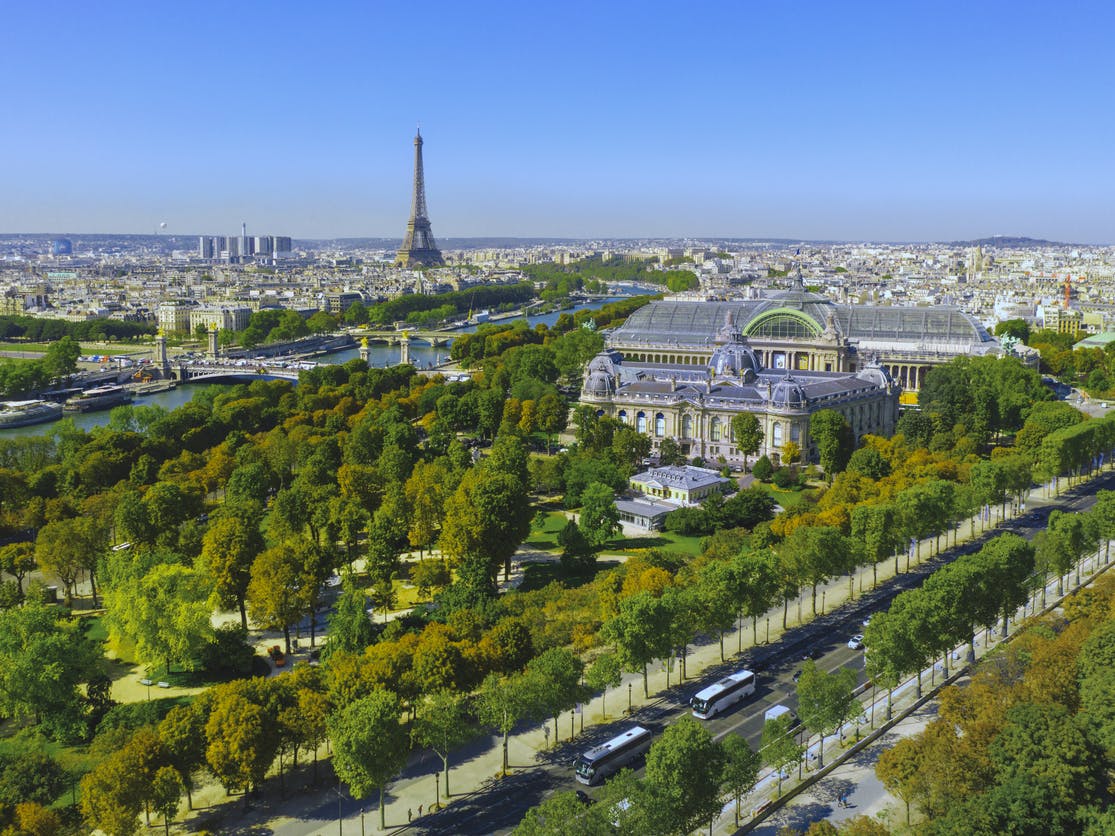
Heritage
Between Petit and Grand Palais
The Grand and Petit Palais are often at the forefront of major exhibitions in Paris. Both were built for the 1900 Universal Exhibition, but the two buildings facing each other along the Seine, in the axis of the Pont Alexandre III, had different purposes.
The Petit Palais
The Petit Palais is a more classical architectural gem, although the architect who designed it, Charles Girault, was also the architect who supervised the work on the Grand Palais. The long façade is centred by a monumental entrance surmounted by a glassless cupola: a high staircase leads to a richly carved gilded grille and the archivolt of the porch is adorned with cheerful sculptures. The interior is laid out around a semi-circular garden and bordered by a charming peristyle. During your visit, don't hesitate to stop for a cup of tea or coffee in this privileged setting, protected from the hustle and bustle of the city. After its inauguration, the building quickly became the city's Fine Arts Museum, with 1300 exhibits focusing on the 19th century and temporary exhibitions often linked to its collections. At present, you can see the work of the Swedish painter Anders Zorn, and L'Art du Pastel de Degas à Redon, which presents an exceptional group of 130 rarely shown pastels belonging to the museum.
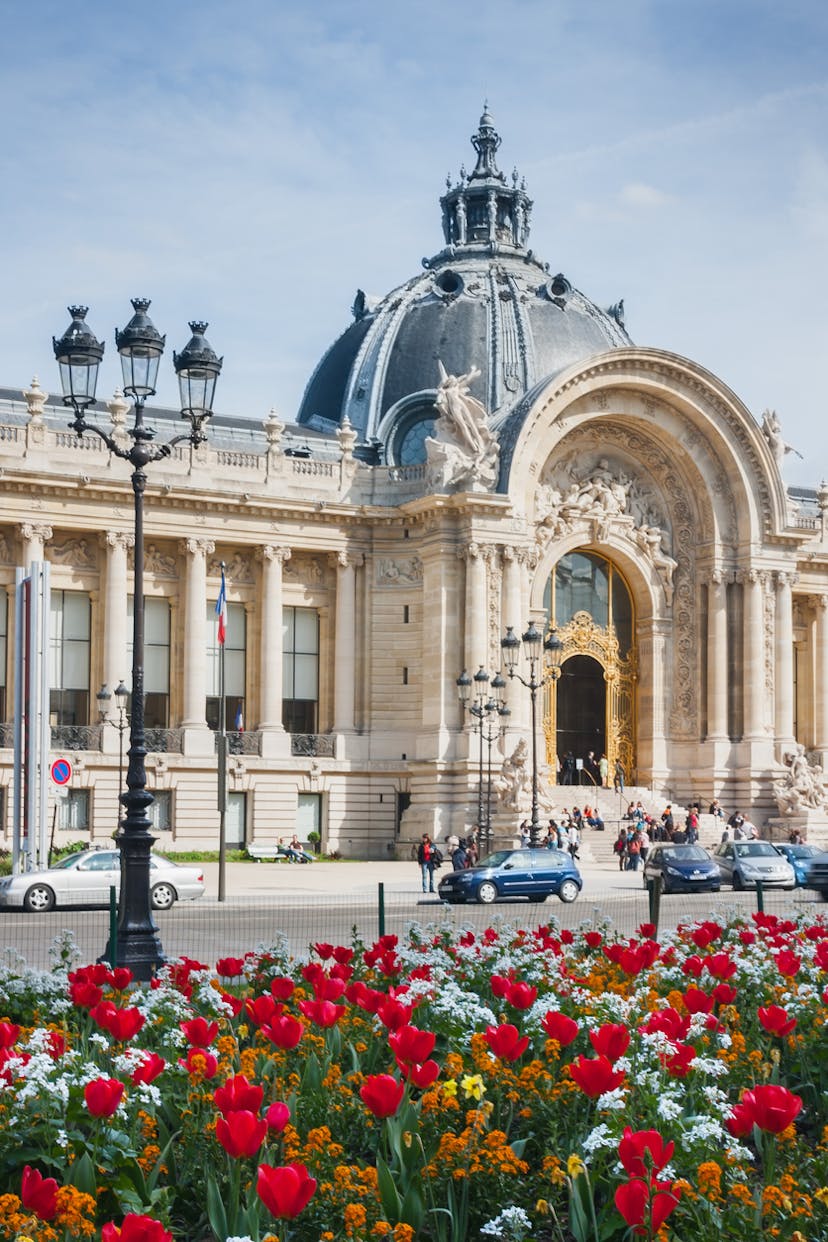
The Grand Palais
The Grand Palais is one of Paris's most imposing and emblematic monuments. Combining stone, steel and glass, this architectural masterpiece is recognisable by its large glass dome ribbed with metal. It houses three major sites. The first, the Nave, 240 metres long and topped by a glass roof with the dome rising to a height of 45 metres, hosts major events in a wide variety of fields (horse-riding -Le Saut Hermès-, contemporary art such as FIAC or Paris Photo, funfairs or even ice rinks...). The second, the Palais de la Découverte, is a science museum with a planetarium. The third is the Galleries Nationales, which organise large-scale temporary exhibitions aimed at a wide audience. At present, these include Gauguin the Alchemist and the photographer Irving Penn. The exterior of the building is adorned with beautiful mosaics under the colonnade of Avenue Winston Churchill and two superb oxidised copper quadrigas crowning the entrances at the ends of this imposing façade.
Published on 22/11/2023

